
Ærø: The Hidden Gem of Denmark's Archipelago
Discover the enchanting island of Ærø in Denmark, where fairy-tale towns, scenic landscapes, and rich maritime history await to captivate your senses.
Nestled in the southern part of Denmark, Ærø is a picturesque island that offers a perfect blend of natural beauty, rich history, and charming villages. This small island, part of the South Funen Archipelago, is known for its serene landscapes, colorful houses, and friendly locals. Visitors can explore its cobblestone streets, where each corner reveals a new story and a glimpse into the island’s past. One of the main attractions of Ærø is the town of Ærøskøbing, often referred to as Denmark's fairy-tale town. With its well-preserved 18th-century buildings and narrow streets, it feels like stepping back in time. The town's vibrant facades and flower-filled gardens create a picturesque setting that is perfect for leisurely strolls and photography. Nature lovers will find plenty to enjoy on Ærø. The island boasts beautiful beaches, rolling hills, and scenic hiking and biking trails. Marstal, another charming town on the island, is home to the Maritime Museum, which offers insights into the island’s seafaring history. Whether you're looking to relax by the sea, explore historical sites, or enjoy outdoor activities, Ærø has something to offer for every type of traveler.
Local tips in Ærø
- Visit Ærøskøbing for its historic charm and picturesque streets.
- Explore the Maritime Museum in Marstal to learn about the island’s seafaring history.
- Rent a bike to enjoy the island's scenic trails and coastal views.
- Check the ferry schedules in advance, as they are the main means of reaching and leaving the island.
- Pack layers of clothing, as the weather can be unpredictable.
Ærø: The Hidden Gem of Denmark's Archipelago
Nestled in the southern part of Denmark, Ærø is a picturesque island that offers a perfect blend of natural beauty, rich history, and charming villages. This small island, part of the South Funen Archipelago, is known for its serene landscapes, colorful houses, and friendly locals. Visitors can explore its cobblestone streets, where each corner reveals a new story and a glimpse into the island’s past. One of the main attractions of Ærø is the town of Ærøskøbing, often referred to as Denmark's fairy-tale town. With its well-preserved 18th-century buildings and narrow streets, it feels like stepping back in time. The town's vibrant facades and flower-filled gardens create a picturesque setting that is perfect for leisurely strolls and photography. Nature lovers will find plenty to enjoy on Ærø. The island boasts beautiful beaches, rolling hills, and scenic hiking and biking trails. Marstal, another charming town on the island, is home to the Maritime Museum, which offers insights into the island’s seafaring history. Whether you're looking to relax by the sea, explore historical sites, or enjoy outdoor activities, Ærø has something to offer for every type of traveler.
When is the best time to go to Ærø?
Iconic landmarks you can’t miss
Marstal Søfartsmuseum
Vividly exploring Denmark’s maritime legacy, Marstal Søfartsmuseum immerses visitors in seafaring tales, model ships, and the living spirit of Ærø’s nautical heritage.
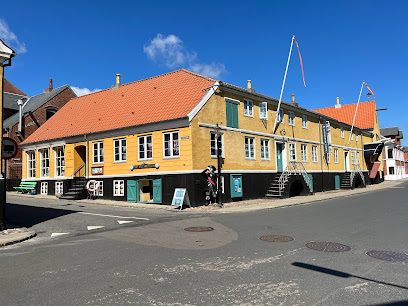
Ærøfærgerne
Ærøfærgerne connects the Danish mainland and Ærø, offering a scenic voyage to the island’s timeless towns and natural beauty—your first taste of authentic island life.

Aero Hotel
Experience modern comfort at Ærø Hotel, the largest hotel on Ærø Island, nestled in the historic maritime town of Marstal.

Voderup Klint
Discover Voderup Klint, Ærø’s iconic terraced sea cliffs—an awe-inspiring landscape formed by ancient landslides, offering panoramic Baltic views in pure Danish wilderness.
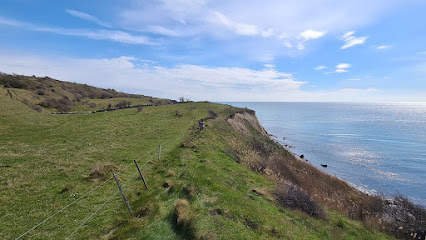
Hotel Ærøhus
Historic hotel in the heart of Ærøskøbing known for its authentic Danish charm, lush gardens, and local island cuisine—a perfect base for exploring Ærø.

Søbygård
Discover Søbygaard: Ærø's historic manor offering cultural exhibitions, concerts, and family-friendly activities in a picturesque setting.
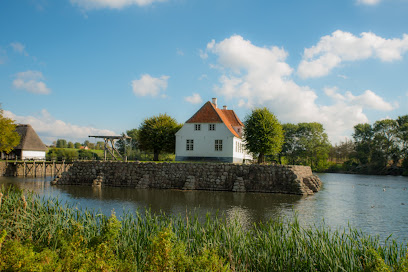
På Torvet
Boutique hotel overlooking Ærøskøbing’s old town square, blending Danish heritage, homemade breakfasts, and premium access to island charm and culture.
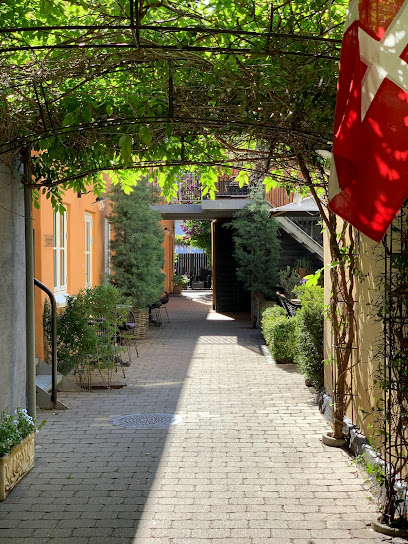
Flaske-Peters Samling
A charming and curious maritime bottle museum packed with handcrafted ships, local stories, and Ærø’s most eccentric craft legacy—right in historic Ærøskøbing.
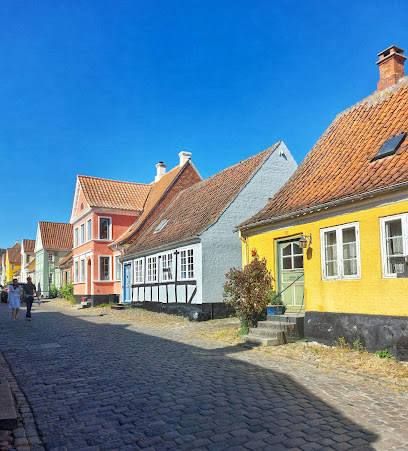
Sankt Alberts church
Historic parish church in the heart of Ærøskøbing, reflecting centuries of maritime tradition and local community in a tranquil island setting.

Strandbyen Havn
Charming marina at Marstal on Ærø, where historic Danish seafaring tradition meets vibrant harbor life amid scenic coastal views and island tranquility.
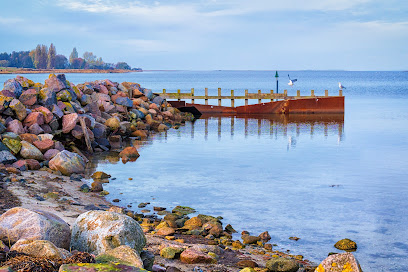
Andelen Guesthouse
Experience historic charm and modern comfort at Andelen Guesthouse in Ærøskøbing.
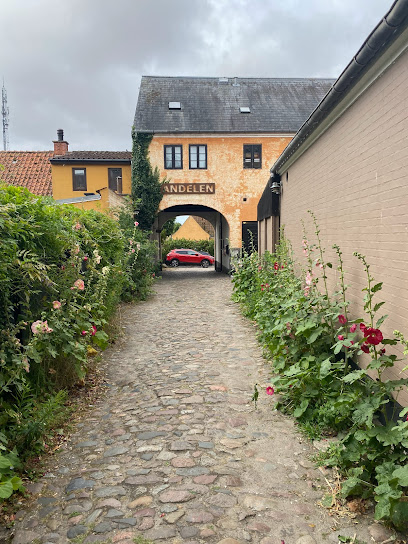
Bregninge Kirke
Gleaming white hilltop church with medieval roots, seafaring heritage, and breathtaking island panoramas, Bregninge Kirke is an atmospheric highlight of Ærø.
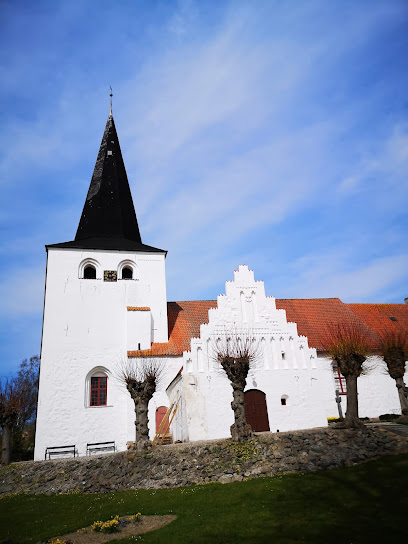
Erik's Tail
Discover the serene beauty and historic charm of Erik's Tail, a picturesque peninsula on Ærø Island.
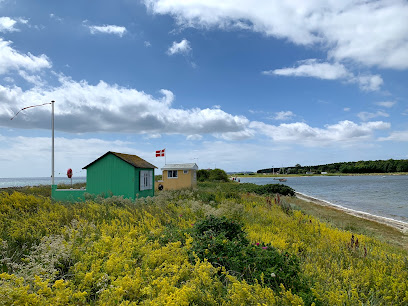
Rise Kirke
Discover Rise Kirke on Ærø – a beautifully preserved countryside church with medieval frescoes, serene atmosphere, and views across Denmark’s idyllic island landscapes.
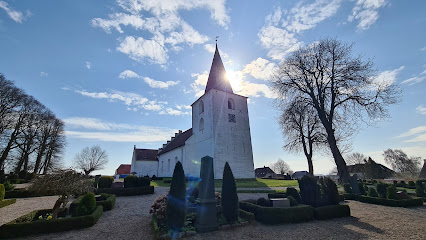
Ærøskøbing Bymuseum • Ærø Museum
Discover Ærø’s seafaring spirit and town traditions at Ærøskøbing Bymuseum, where immersive exhibits and historic interiors bring the island’s story to life.
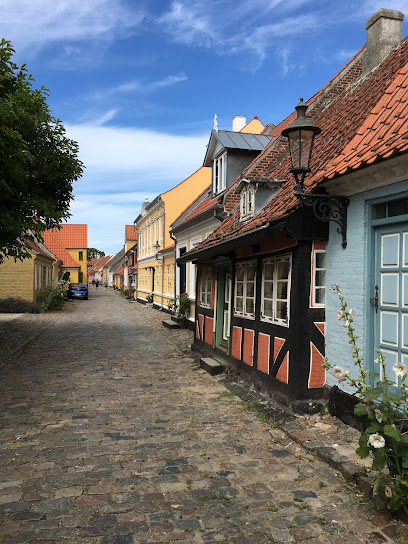
Unmissable attractions to see
Marstal Søfartsmuseum
Discover Marstal’s historic bathing houses, a collection of colorful cabins along the shore that capture the essence of Ærø’s maritime tradition and Danish coastal charm.
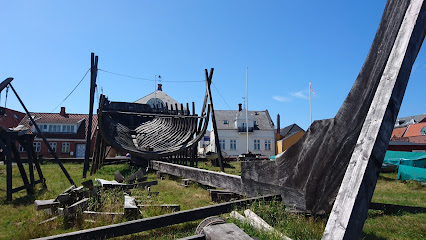
Voderup Klint
Launch point for Fanø’s iconic seal walks, where tidal flats and dunes meet the wild drama of the North Sea and Denmark’s largest seals bask on shifting sandbanks.
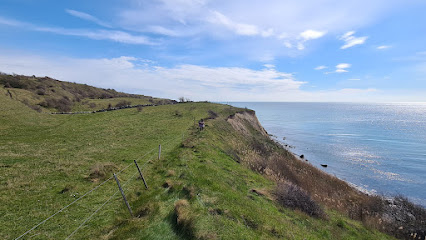
Skjoldnaes Lighthouse
Discover Marstal’s iconic row of colorful bathing huts, a living symbol of Ærø’s seaside heritage and Danish summer life along the Baltic shore.
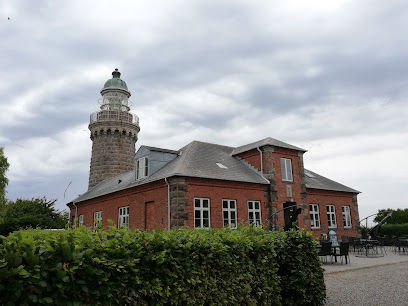
Søbygård
Historic Danish beach huts set along Marstal’s sandy shoreline, offering a colourful glimpse into Ærø’s maritime traditions and vibrant island life.

Badehusene i Marstal
Marstal’s vibrant seaside bathhouses form a living tableau of Danish coastal tradition, inviting visitors to experience Ærø’s unique maritime culture and tranquil island vibe.

Flaske-Peters Samling
Vibrant, historic bathing houses line Marstal’s shoreline, offering a colorful window into Ærø’s seaside culture, heritage, and the tranquil rhythms of Danish island life.
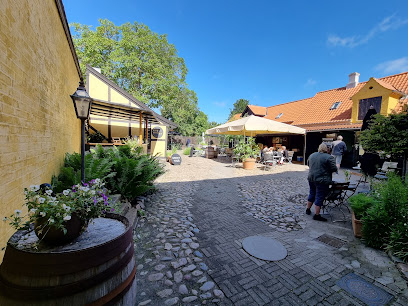
Badehuse ved Vestre Strandvej
Fanø’s Seal Bank Walk Meeting Point launches guided tidal hikes into the Wadden Sea’s wildlife haven—where wild seals, rare birds, and dramatic skies await discovery.
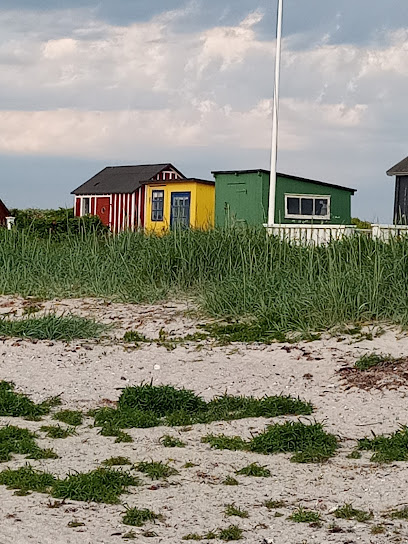
Ærøskøbing Bymuseum • Ærø Museum
Charming, colorful beach huts dot Marstal’s shoreline, offering a glimpse into Denmark’s bathing culture and the tranquil island lifestyle of Ærø.
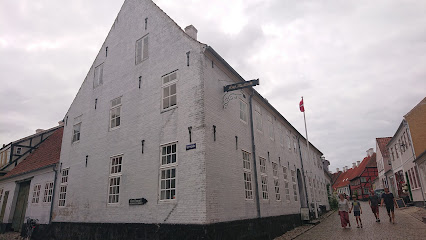
Naturlegepladsen & shelters
Discover Ærø's industrial past at the Forladt Skorsten, a solitary chimney standing as a testament to the island's history.
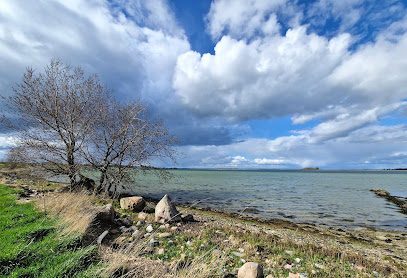
God badestrand
Discover the vibrant and historic bathing huts of Marstal, a living symbol of Ærø’s seaside culture and Danish coastal traditions.
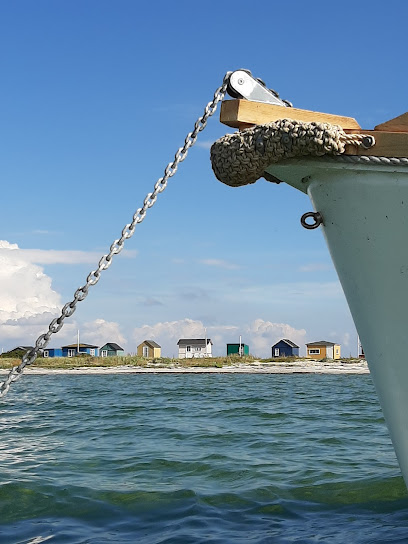
Hammerich House • Aero Museum
Wildlife-watching trailhead on southern Fanø, offering hikers and nature lovers unmatched views of seals and tidal landscapes in the heart of the Wadden Sea.
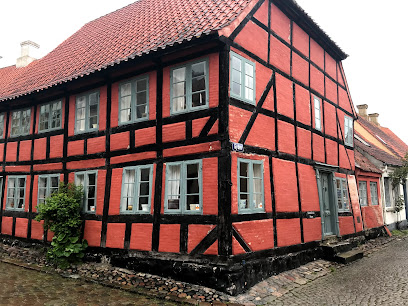
View Point
Start your journey into Fanø’s tidal wilderness—meet Denmark’s largest seal colony on guided walks from the island’s evocative southern shoreline.
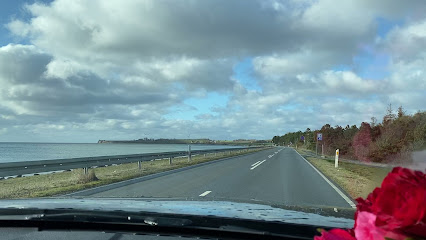
Fyrtårn østmole
Experience Ærø's iconic shoreline with the whimsical, historic bathing huts of Marstal—colourful emblems of Danish beach culture and summertime tradition.
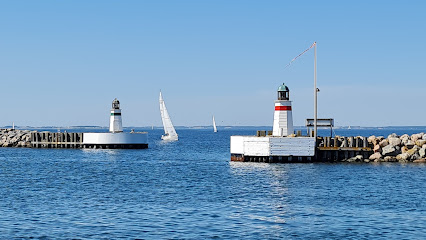
Mindesten for Ærøs Samling
Discover Marstal’s colorful beach cabins—historic bathing huts lining the Ærø coast, embodying Danish maritime heritage, island nostalgia, and waterfront charm.
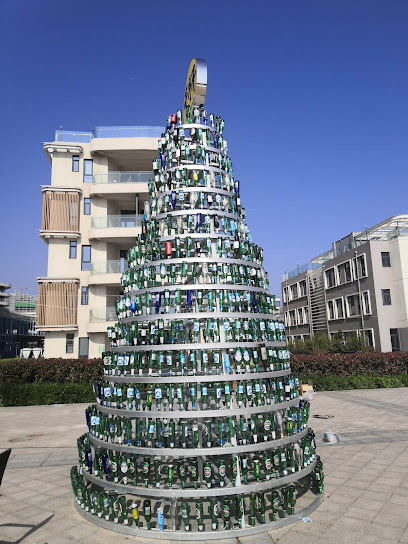
Vejsnæs Nakke Fyr
Experience Fanø’s wild side at the Seal Bank Walk Meeting Point, where sweeping sands, tidal flats, and Denmark’s largest seal population create a truly memorable coastal encounter.
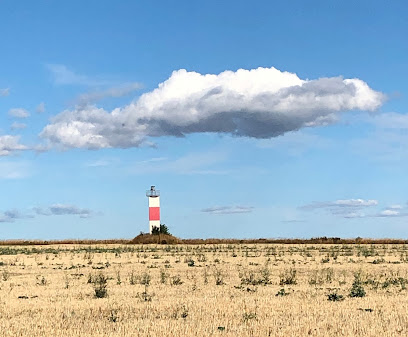
Essential places to dine
Ærøskøbing Røgeri
Enjoy fresh, locally smoked fish and classic Danish seafood at Ærøskøbing Røgeri, a harborside favorite set amid Ærø’s charming old town and island views.
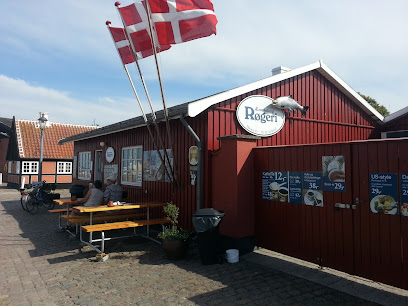
Restaurant MUMM
Restaurant MUMM delivers elevated Nordic cuisine, local beers, and island hospitality in the heart of Ærøskøbing, championing Ærø’s fresh, seasonal produce and traditions.
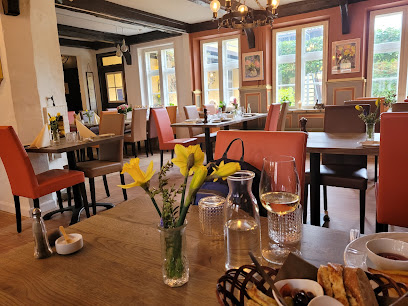
Restaurant Fru Berg
Savour fine Danish cuisine with unparalleled harbour views at Fru Berg, Marstal's beloved restaurant on Ærø, celebrated for fresh seafood and regional specialties.
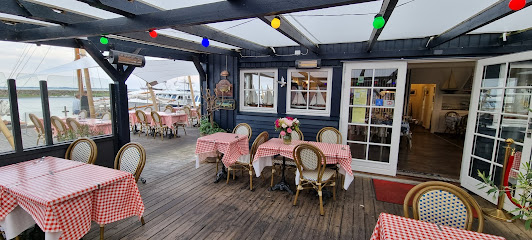
Den Gamle Vingaard
Atmospheric Danish restaurant and beer garden in the heart of Marstal, Ærø, serving classic cuisine, local brews, and live music in a historic winehouse setting.
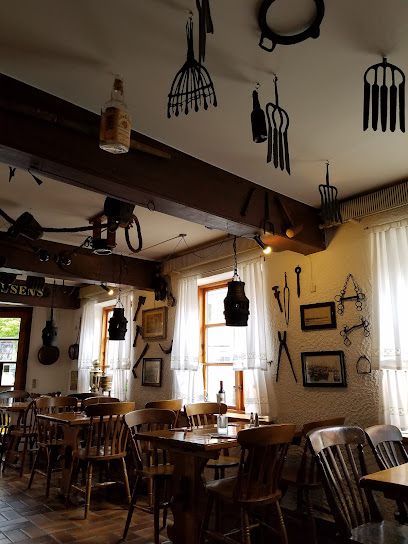
Sønderrendens Perle/Burger House Marstal
Savor gourmet burgers in a cozy maritime setting at Marstal's beloved Burger House.
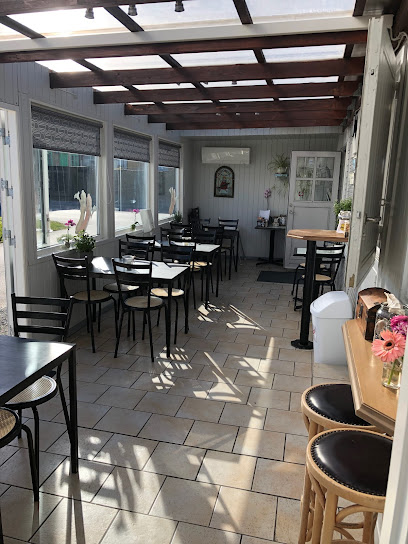
Ærø Bryggeri
Discover Ærø Bryggeri—a unique island brewery in Ærøskøbing, serving handcrafted beers in a charming taproom and garden, where tradition and local taste unite.
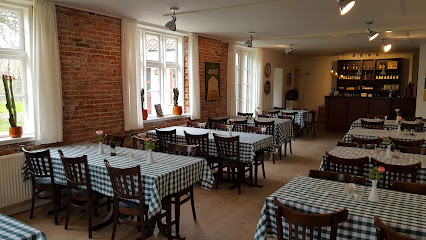
Badehotel Harmonien
Badehotel Harmonien blends seaside history, vintage Danish charm, and authentic Italian flavors in the heart of Ærøskøbing, right by the harbor.
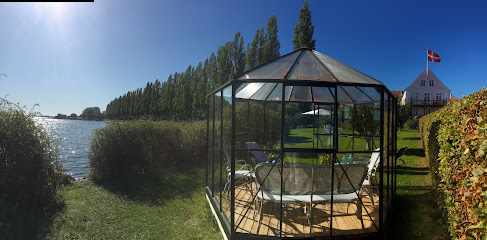
Landbogården
A historic merchant’s house turned cultural restaurant, bar, and event hub—Landbogården embodies the creative and culinary soul of Ærøskøbing.
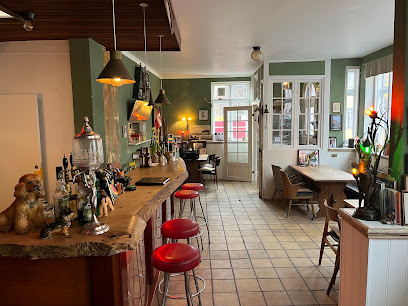
Vindeballe Kro
Historic inn and eatery in Ærø’s countryside, offering authentic Danish fare, cozy lodgings, and a timeless taste of island tradition amid rustic rural charm.
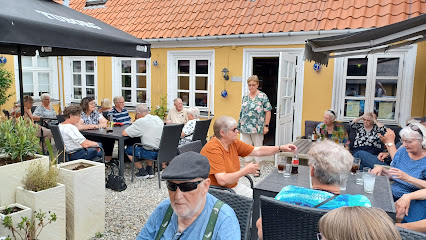
Restaurant Hotel Ærø i Svendborg
Experience authentic Danish cuisine at Restaurant Hotel Ærø in Svendborg - where local flavors meet stunning coastal views.
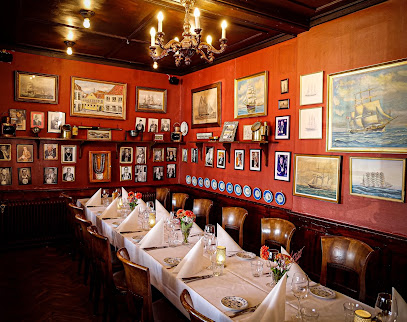
Arnfeldt Hotel & Restaurant
Charming boutique hotel and acclaimed restaurant in Ærøskøbing, blending historic Danish ambiance with island-inspired gastronomy, nestled in the heart of Ærø.
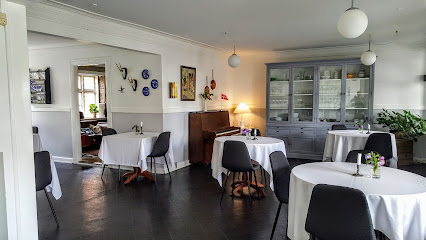
Kraut & Koala
Experience a unique blend of German and Australian cuisine at Kraut & Koala in Ærøskøbing's picturesque harbor.
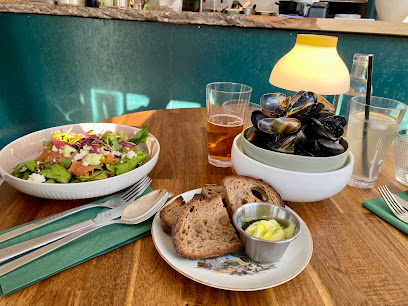
MARSTANG café
Stylish Marstal café blending Danish hygge, local craft beers, and inventive eats in a historic setting—perfect for a true taste of Ærø’s laid-back charm.
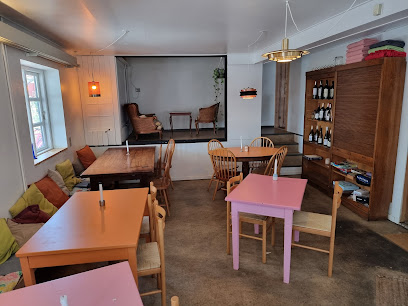
Bang’s Mad & Vinbar
A beloved gem in Ærøskøbing, Bang’s Mad & Vinbar offers inventive small plates, curated wines, and warm Danish hospitality in the island’s most charming quarter.

Cafe På Torvet
Central gathering spot in Ærøskøbing, blending Danish tradition, local flavors, and genuine hygge at the island’s most atmospheric historic square.

Local Phrases about Ærø
-
- HelloHej
[hey] - GoodbyeFarvel
[far-vel] - YesJa
[ya] - NoNej
[nay] - Please/You're welcomeVær så god
[vair so go] - Thank youTak
[tahk] - Excuse me/SorryUndskyld
[oon-skool] - How are you?Hvordan har du det?
[vor-dan har doo deh] - Fine. And you?Fint. Og du?
[fint oh doo] - Do you speak English?Taler du engelsk?
[tah-ler doo eng-elsk] - I don't understandJeg forstår ikke
[yay for-stor ee-keh]
- HelloHej
-
- I'd like to see the menu, pleaseJeg vil gerne se menuen, tak
[yay vil gehr-neh se men-oo-en tahk] - I don't eat meatJeg spiser ikke kød
[yay spee-ser ee-keh kuhd] - Cheers!Skål!
[skohl] - I would like to pay, pleaseJeg vil gerne betale, tak
[yay vil gehr-neh beh-tah-leh tahk]
- I'd like to see the menu, pleaseJeg vil gerne se menuen, tak
-
- Help!Hjælp!
[hyehlp] - Go away!Gå væk!
[goh vay] - Call the Police!Ring til politiet!
[ring teel po-lee-tee-eh] - Call a doctor!Ring efter en læge!
[ring ef-ter en lay-eh] - I'm lostJeg er blevet væk
[yay air bleh-veht vayk] - I'm illJeg er syg
[yay air soog]
- Help!Hjælp!
-
- I'd like to buy...Jeg vil gerne købe...
[yay vil gehr-neh kuh-beh] - I'm just lookingJeg kigger bare
[yay kee-ger bah-reh] - How much is it?Hvor meget koster det?
[vor meh-yet koh-stehr deh] - That's too expensiveDet er for dyrt
[deh air for deert] - Can you lower the price?Kan du sænke prisen?
[kahn doo sen-keh pree-sen]
- I'd like to buy...Jeg vil gerne købe...
-
- What time is it?Hvad er klokken?
[vah air kloh-ken] - It's one o'clockDen er et
[dehn air eht] - Half past (10)Halv ti
[halv tee] - MorningMorgen
[mohr-gen] - AfternoonEftermiddag
[ef-ter-mee-dahg] - EveningAften
[af-tehn] - YesterdayI går
[ee gohr] - TodayI dag
[ee dah] - TomorrowI morgen
[ee mohr-gen] - 1Et
[eht] - 2To
[too] - 3Tre
[treh] - 4Fire
[feer-eh] - 5Fem
[fem] - 6Seks
[seks] - 7Syv
[soov] - 8Otte
[oh-teh] - 9Ni
[nee] - 10Ti
[tee]
- What time is it?Hvad er klokken?
-
- Where's a/the...?Hvor er en/et...?
[vor air en/eh...] - What's the address?Hvad er adressen?
[vah air ah-dress-en] - Can you show me (on the map)?Kan du vise mig (på kortet)?
[kahn doo vee-seh mee (poh kohr-teh)] - When's the next (bus)?Hvornår er næste (bus)?
[vor-nahr air nay-steh (boos)] - A ticket (to ....)En billet (til ....)
[en bee-let (teel ....)]
- Where's a/the...?Hvor er en/et...?
History of Ærø
-
Ærø's history dates back to the Viking Age, and evidence of early settlements can be found in the form of burial mounds and ancient artifacts. The island was an important hub for maritime activities, serving as a strategic location for Viking ships navigating the Baltic Sea.
-
In the Middle Ages, Ærø became part of the Duchy of Schleswig. The town of Ærøskøbing, often referred to as the 'Fairytale Town,' was founded in the 13th century. Its well-preserved medieval architecture and cobblestone streets provide a glimpse into the island's past.
-
During the 17th century, Ærø was involved in the Danish-Swedish Wars. The island changed hands multiple times, leading to significant hardship for its inhabitants. The wars left a lasting impact on the region's development and defense structures.
-
In 1658, the Treaty of Roskilde forced Denmark to cede several territories to Sweden, including Ærø. However, the island was returned to Danish control just a few years later, in 1660. This period of Swedish rule, although brief, is a notable chapter in Ærø's history.
-
The 18th and 19th centuries saw significant agricultural reforms on Ærø. The introduction of crop rotation and other innovations led to increased productivity and prosperity. The island's fertile land and favorable climate made it an agricultural hub.
-
Ærø has a rich maritime heritage, with shipbuilding and seafaring playing crucial roles in its economy. The island's shipyards produced numerous vessels, and the maritime trade brought wealth and cultural exchange. This heritage is celebrated in maritime museums and festivals.
-
During World War II, Ærø was occupied by German forces. The occupation brought challenges and forced the island's residents to navigate complex political and social landscapes. Despite the hardships, the community's resilience shone through.
-
In recent decades, Ærø has transformed into a popular tourist destination. Its picturesque landscapes, historic towns, and vibrant culture attract visitors from around the world. Investments in tourism infrastructure have helped preserve the island's charm while accommodating modern travelers.
Ærø Essentials
-
Ærø is an island located in the Baltic Sea, part of the South Funen Archipelago. The most common way to reach Ærø is by ferry. There are regular ferry services from Svendborg to Ærøskøbing, from Faaborg to Søby, and from Fynshav on the island of Als to Søby. The nearest major international airport is Copenhagen Airport (CPH), from where you can take a train to Svendborg followed by a ferry to Ærø. Alternatively, you can drive to one of the ferry ports and take your car on the ferry.
-
Once on Ærø, transportation is relatively straightforward. The island is small and can be easily explored by bicycle, which is a popular mode of transport for both locals and tourists. Bicycles can be rented in Ærøskøbing, Marstal, and Søby. There is also a local bus service that connects the main towns and villages on the island. Taxis are available but are less common. Walking is also a viable option, especially within towns and for shorter distances.
-
The official currency in Denmark is the Danish Krone (DKK). Credit cards are widely accepted on Ærø, including in hotels, restaurants, and larger shops. However, it is advisable to carry some cash for small purchases or in case you visit smaller establishments that may not accept cards. ATMs are available in the main towns of Ærøskøbing, Marstal, and Søby.
-
Ærø is a very safe destination with low crime rates. There are no specific areas or neighborhoods with high crime rates targeting tourists. Standard safety precautions should still be taken, such as keeping an eye on personal belongings and avoiding isolated areas at night. The island's small size and close-knit community contribute to its overall safety.
-
In case of an emergency, dial 112 for immediate assistance. This number connects you to emergency services for police, fire, and medical help. The island has medical facilities, including a hospital in Ærøskøbing and clinics in Marstal and Søby. Pharmacies are also available in the main towns for minor health issues. It is recommended to have travel insurance that covers medical emergencies.
-
Fashion: Do dress comfortably and practically for the weather, especially if you plan to cycle or hike. Casual wear is generally acceptable everywhere. Religion: Do respect local churches and religious sites. While Denmark is generally secular, it's polite to be respectful in places of worship. Public Transport: Do be punctual for bus schedules as they run on a tight timetable. Don't make excessive noise on public transportation. Greetings: Do greet people with a smile and a simple 'Hej' (Hi). A handshake is also common when meeting someone for the first time. Eating & Drinking: Do try local dishes and seafood. Don’t be surprised if you are invited to join locals for a meal; Danish hospitality is warm and welcoming.
-
To experience Ærø like a local, consider staying in a Bed & Breakfast or holiday home rather than a hotel. Engage with the locals, who are often friendly and willing to share stories about the island's history and culture. Visit the local markets, especially in Ærøskøbing, where you can buy fresh produce and traditional Danish goods. Don’t miss the chance to explore the island’s many hiking and cycling routes, which offer stunning views of the coastline and countryside. Also, make sure to see the charming old houses in Ærøskøbing and the maritime museum in Marstal.
Nearby Cities to Ærø
-
Things To Do in Nyborg
-
Things To Do in Odense
-
Things To Do in Slagelse
-
Things To Do in Kolding
-
Things To Do in Næstved
-
Things To Do in Kalundborg
-
Things To Do in Vejle
-
Things To Do in Lubeck
-
Things To Do in Ribe
-
Things To Do in Horsens
-
Things To Do in Køge
-
Things To Do in Roskilde
-
Things To Do in Rostock
-
Things To Do in Esbjerg
-
Things To Do in Aarhus










